There are many advantages in switching to an electric vehicle (EV), but it’s not all savings and smooth rides. While EVs cut out gas station stops and promise lower maintenance costs, they also bring a set of unique expenses you probably haven’t considered. From charging setups to battery replacements, the financial reality can be shocking.
If you’re considering an EV or already own one, take a look at the hidden expenses that could affect your budget and your overall ownership experience.
Home Charging Station Setup
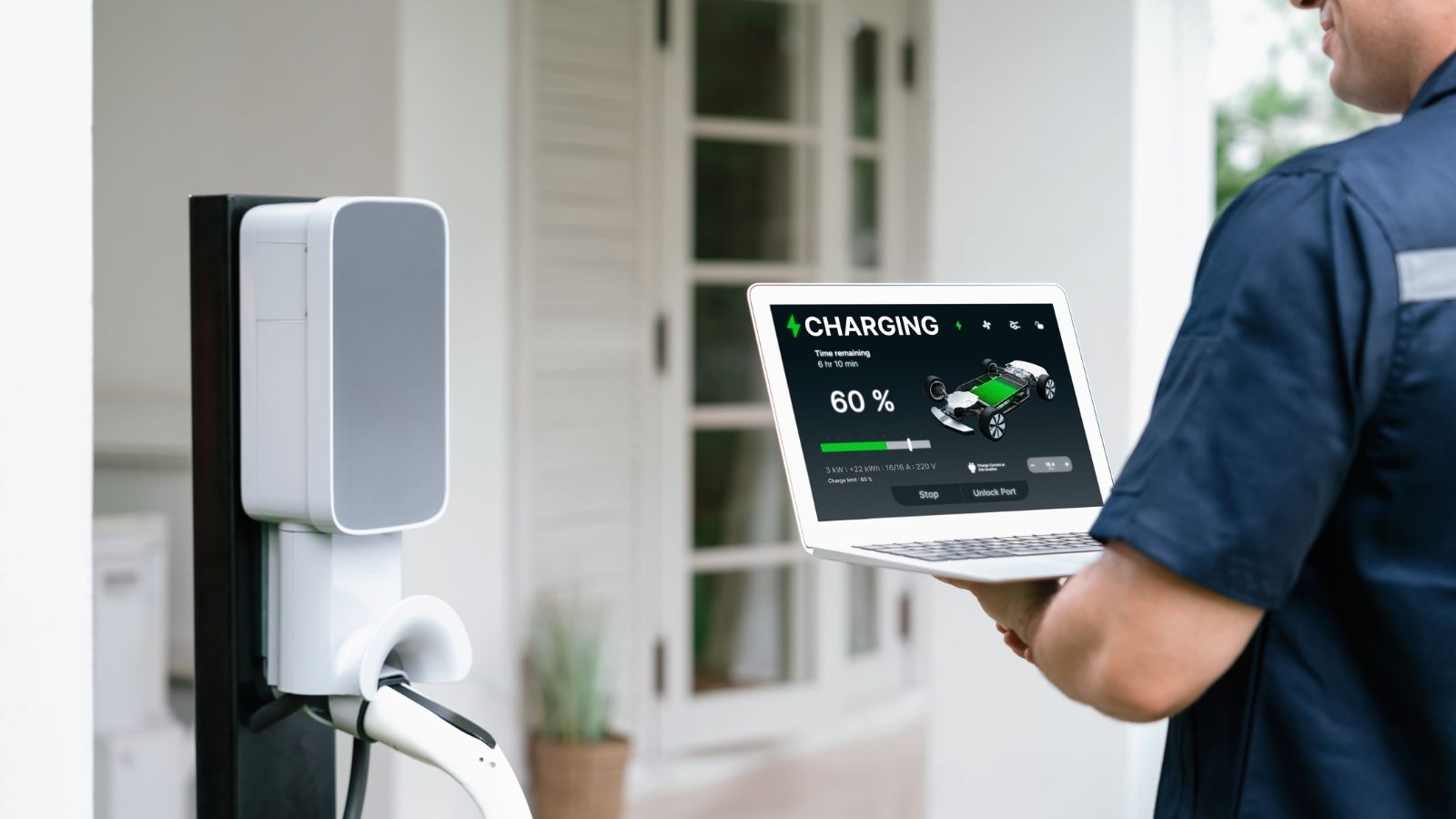
The cost of installing a Level 2 charger at home often costs between $500 and $2,000, depending on your electrical system. If your home requires an electrical panel upgrade, that price climbs even higher. While basic chargers included with most EVs might work, they’re slow and less practical for daily use.
Public Charging Fees
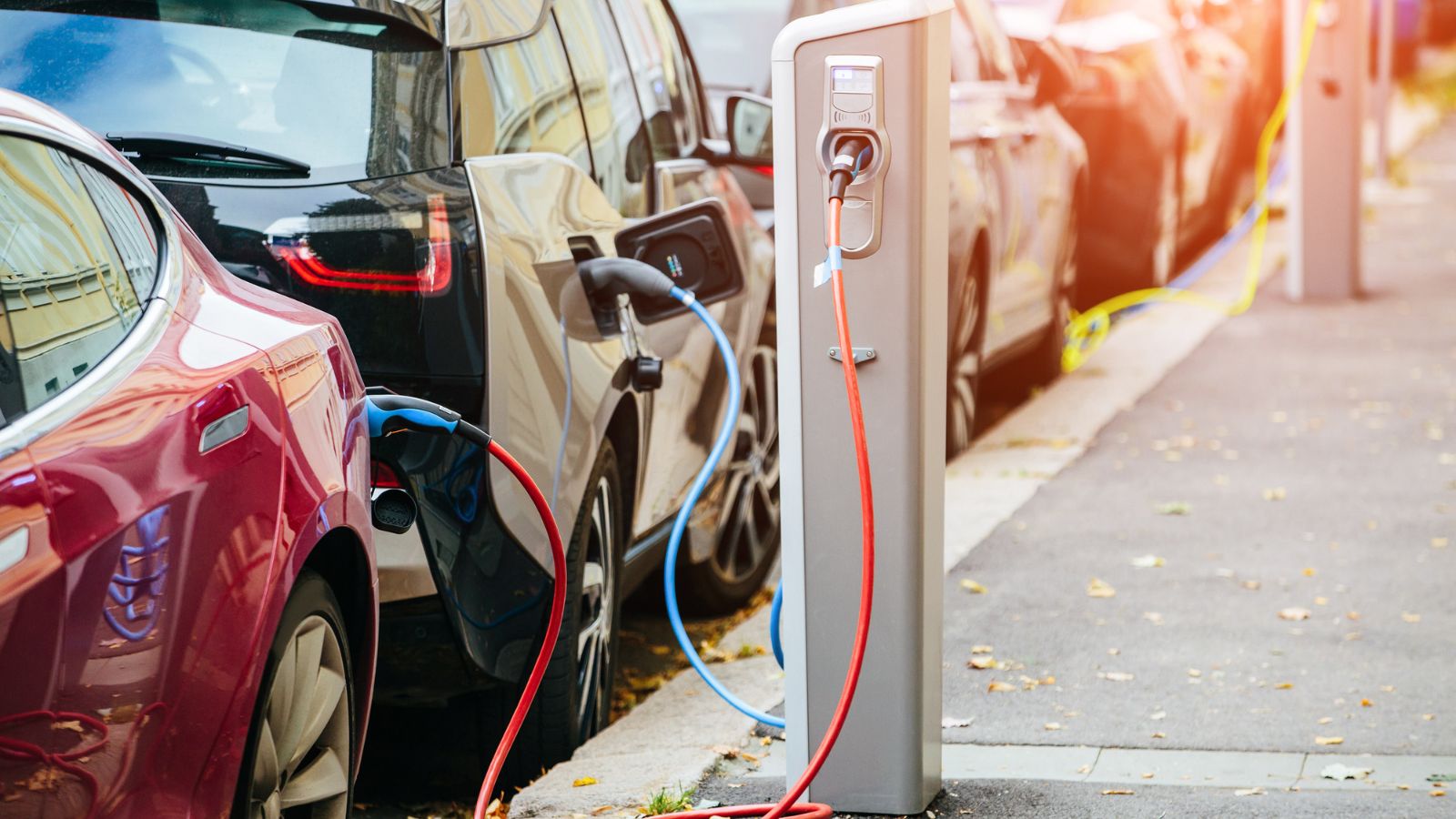
Some public charging stations are free, but most fast chargers come with fees based on the kilowatt-hours consumed or the time spent charging. Prices vary widely but can add up, especially if you frequently use premium fast chargers. Some networks also require membership fees for access.
Battery Replacement

EV batteries degrade over time, reducing range and performance. Manufacturers often provide warranties covering eight to 10 years, but replacing an out-of-warranty battery can cost anywhere from $5,000 to $15,000-plus. Battery technology is improving, but aging batteries remain a concern for older EVs.
Higher Insurance Rates

Insuring an EV usually costs more than insuring a gas-powered car. High replacement costs for components like batteries and sensors contribute to higher premiums. Repairing EVs requires specialized training, further driving up costs. Many insurance providers adjust rates accordingly, meaning you’ll likely pay more monthly.
Tire Wear

The big batteries needed to power EVs make these vehicles heavy. That heft, along with the instant torque of the electric motors, puts extra strain on tires, causing them to wear out faster. EV-specific tires designed to handle the added weight and maintain efficiency are available, but they come at a premium.
Software Updates and Subscriptions
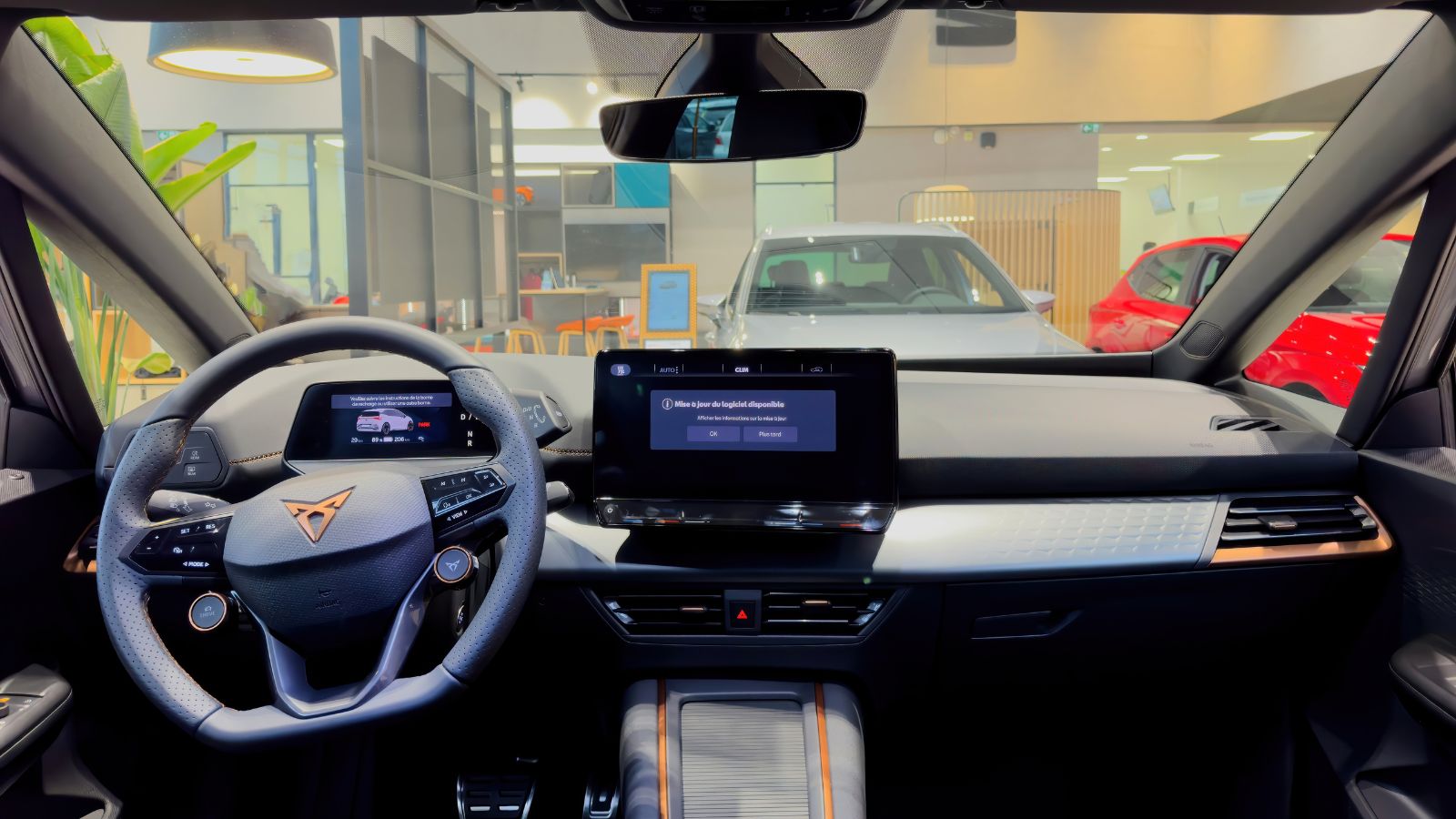
EV manufacturers regularly release software updates to improve performance or add features. Some updates are free, others require a subscription or a one-time fee. Features like advanced driver-assistance systems, navigation tools, or connectivity services may come with ongoing costs. If you want the latest enhancements, you’ll need to budget for these upgrades.
Maintenance Costs

Despite having fewer moving parts than traditional cars, EVs aren’t maintenance-free. Brake pads may last longer thanks to regenerative braking, but cooling systems, suspension, and other components still require attention. Repairs involving EV-specific parts, like the battery cooling system, are particularly expensive.
Depreciation
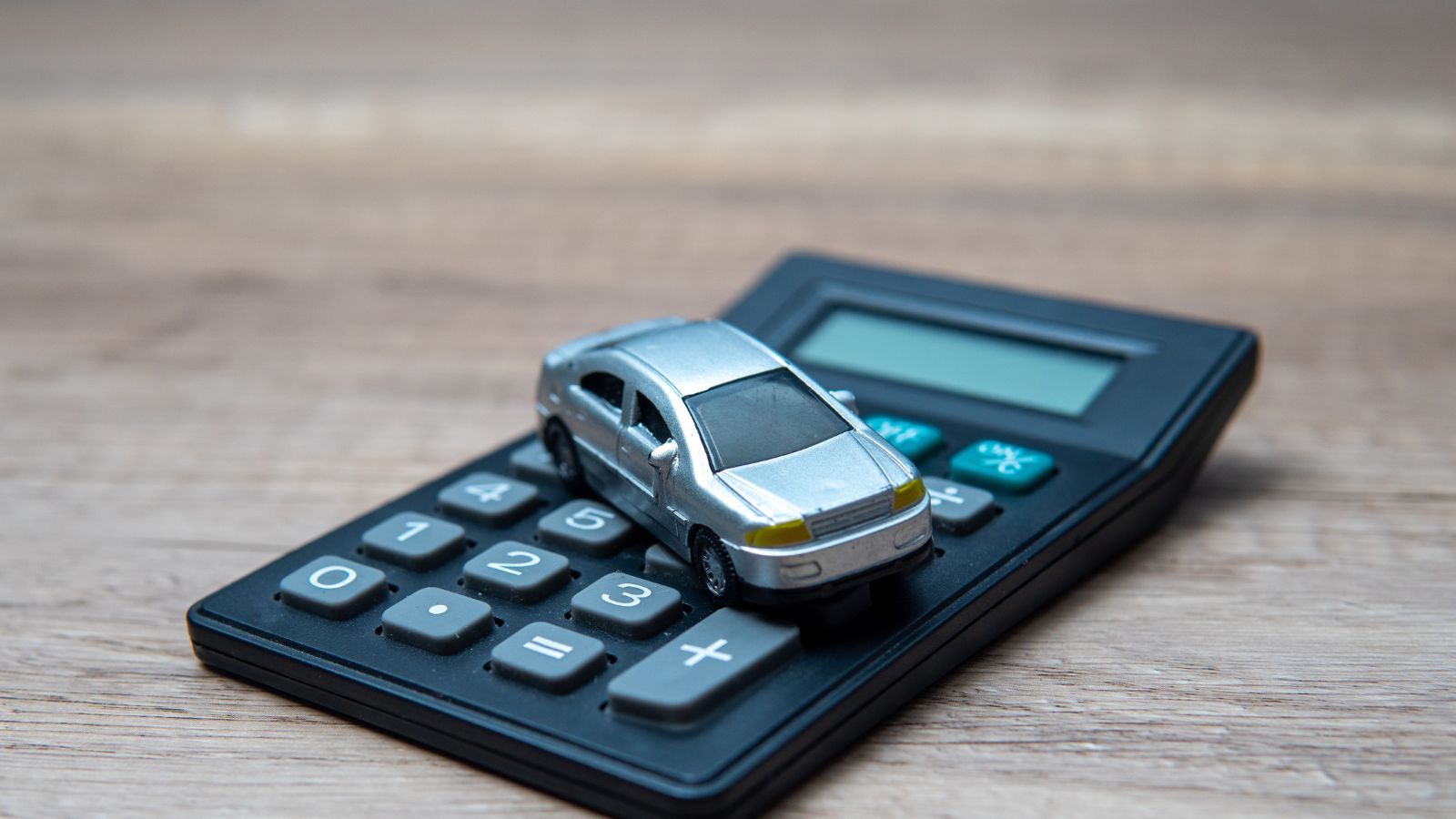
The fast-moving development of EVs means outdated models depreciate faster than traditional cars. The introduction of newer models with better ranges and features makes older EVs less attractive. Combined with concerns about battery life, resale values can take a significant hit.
Charging Network Memberships

EV owners can sign up for membership of charging networks to reduce costs or ensure access to specific chargers. But these memberships often come at a [price – with monthly or annual fees, adding a recurring expense. Membership only pays off if you use these networks frequently.
Electric Grid Costs

It sounds like a good idea to charge up your EV at home, but the increased electricity usage could push you into a higher billing tier or lead to time-of-use charges in certain areas. Utility companies often charge more during peak hours, meaning when you charge can significantly impact your costs.
Extended Warranties

Manufacturer’s extended warranties for EVs offer peace of mind, but they come at an extra cost. They cover major components like the battery and motor. Deciding whether an extended warranty is worth it depends on your usage patterns and how long you plan to keep the car.
Tax Incentives Phaseouts
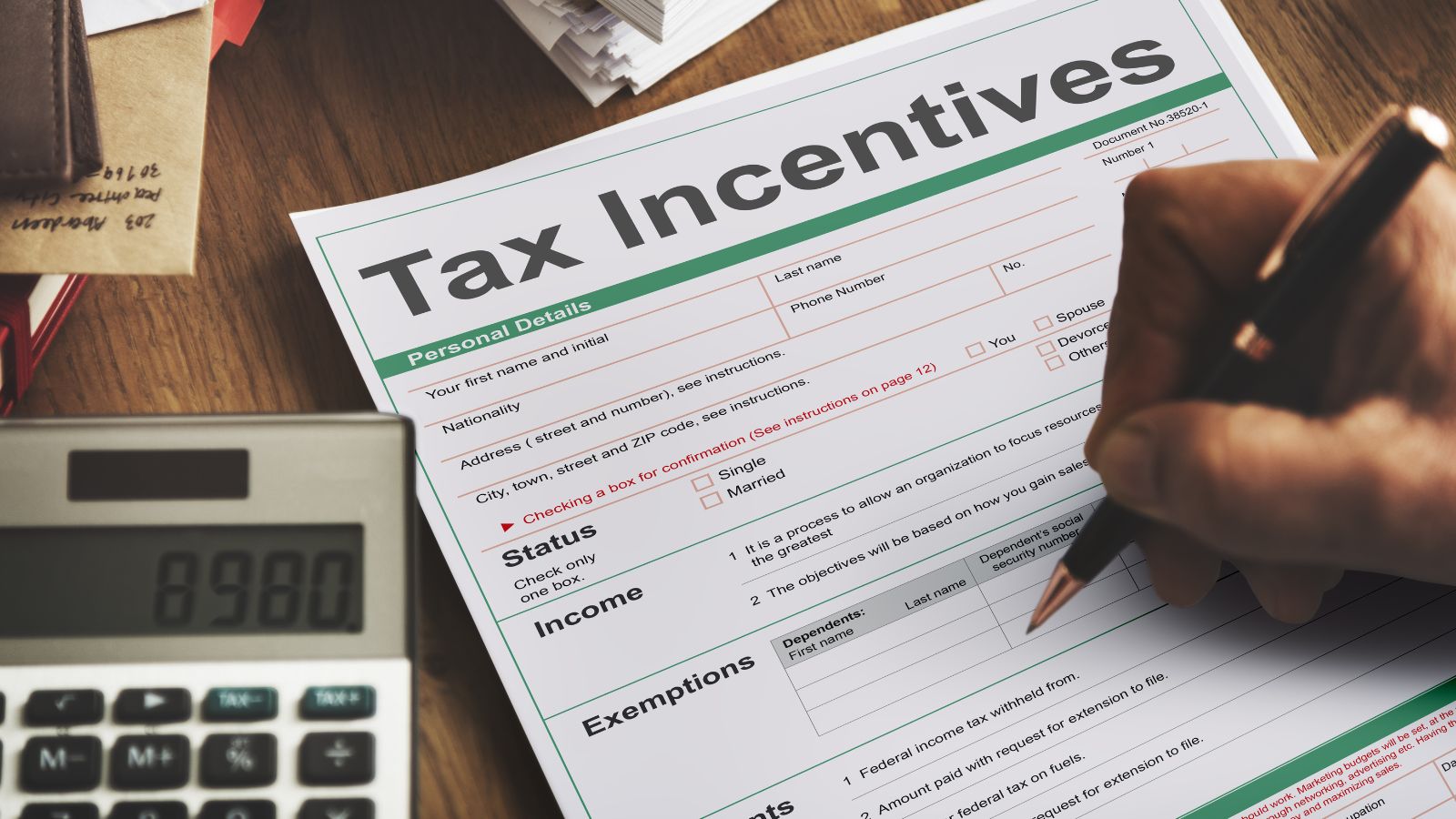
Tax incentives can make buying an EV more affordable, but they don’t last forever. As manufacturers reach production thresholds, federal credits phase out, leaving buyers to shoulder the full price. State incentives vary and can also be removed at any time.
Charging Station Repairs

Besides hiking up your electricity bills, a home charging station has hidden costs. You are responsible for its upkeep and repairs. Over time, wear and tear or power surges might require professional servicing. Repair costs can range from minor fixes to replacing the charger entirely.
Registration Fees

Did you know that some states charge EV registration fees to compensate for lost gas tax revenue? These fees vary but can add hundreds of dollars to your EV expenses. Research your state’s policies to work out the long-term financial impact of electric vehicle ownership.
Energy Rates for Fast Charging

Peak energy rates and demand charges at fast-charging stations drive up costs. This means fast-charging your EV at public stations costs more per kilowatt-hour than home charging. If you rely on these chargers frequently, it’s worth planning your routes and timing your trips to minimize the costs.
Replacement Charging Cables
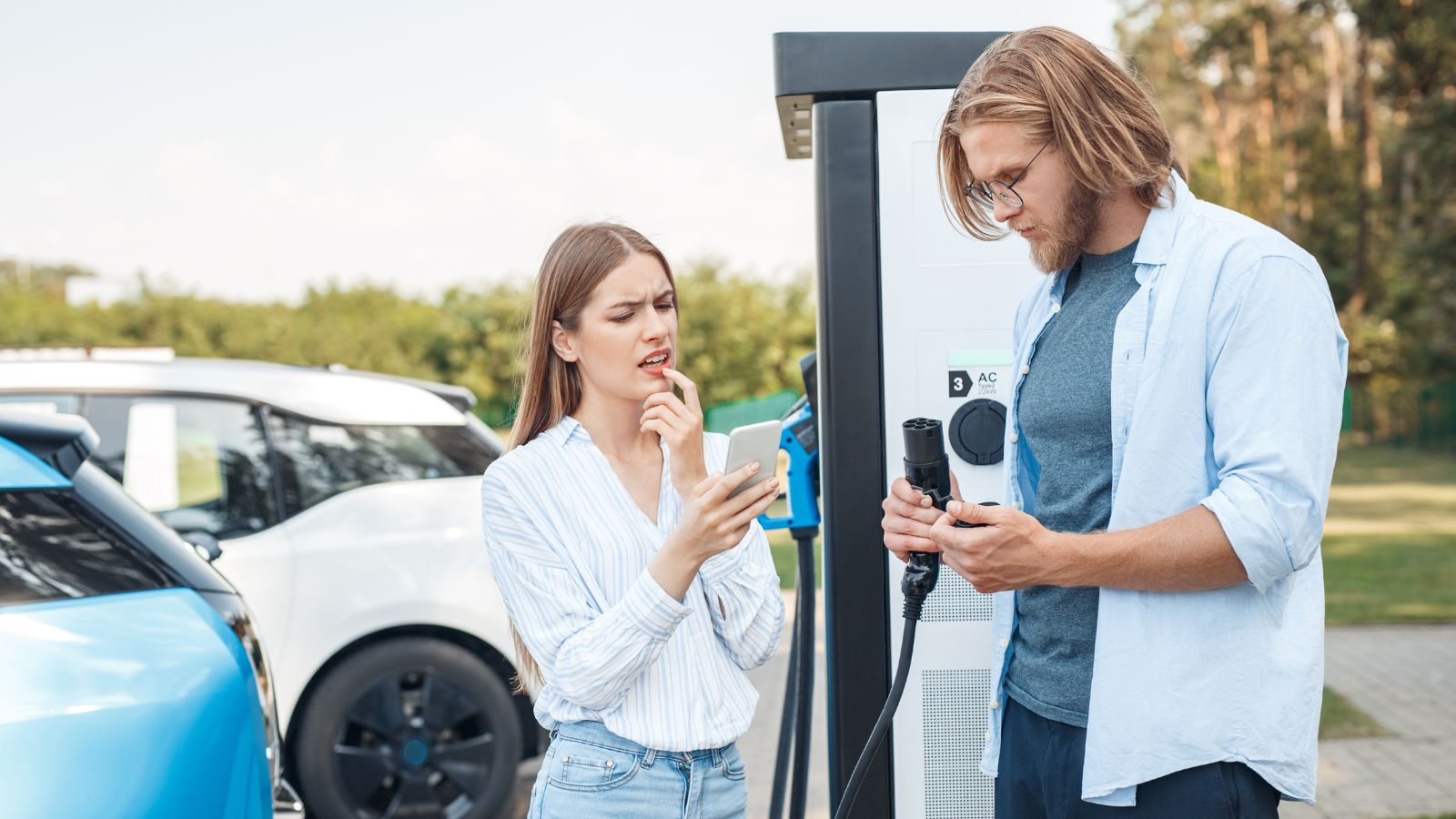
Take care of your charging cables, because replacing a damaged or worn cable can cost several hundred dollars, depending on the type and brand. Don’t just chuck them in the trunk where they can get damaged. Make sure you take care of your cables by keeping them clean and stored properly.
